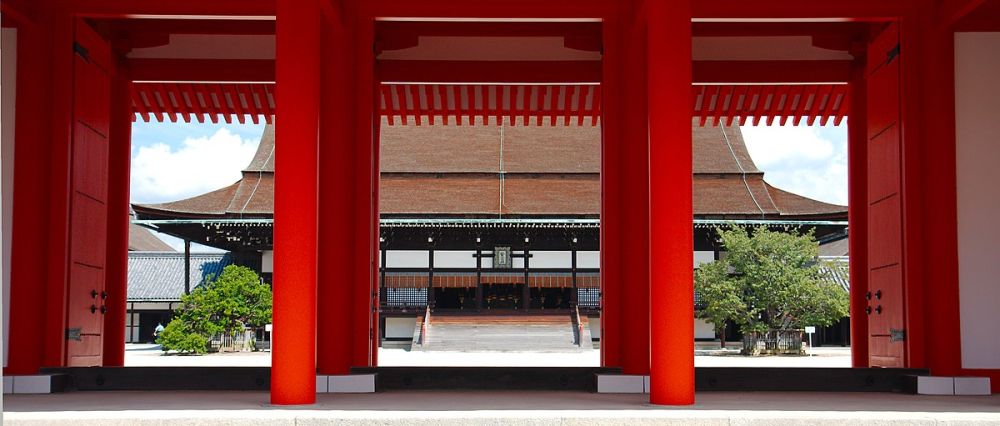

Kyoto Imperial Palace, known in Japanese as Kyōto Gosho (京都御所), has been at the heart of Japan's historical narrative for centuries. Once the residence of Japan's Imperial Family, the palace sits within the spacious Kyoto Imperial Park, which is a favorite among both locals and tourists. Kyoto itself was the capital of Japan for over a thousand years, and the palace served as the Imperial residence and the political hub until the capital was moved to Tokyo in 1869.
The history of tourism at Kyoto Imperial Palace is inherently linked with the city's overall popularity as a travel destination. Visitors began flocking to Kyoto for its rich historical and cultural treasures after the Meiji Restoration in the late 19th century, which opened Japan to the outside world after a long period of self-imposed isolation.
Initially, the Imperial Palace wasn't freely open to the public, as it still served official functions. It wasn't until after World War II that the palace stopped being the Emperor's residence, and broader public access was eventually granted. Since then, it has emerged as a primary site for travelers interested in the Imperial history and heritage of Japan.
In recent years, tourism at Kyoto Imperial Palace has evolved. It now features guided tours that require no prior application, which is a significant shift from the previously strict visitation rules. This change has made the palace more accessible, further boosting its popularity among international and domestic tourists alike.
Visitor numbers have historically fluctuated. The pandemic in the early 2020s brought about a significant downturn in tourism globally, and Kyoto Imperial Palace was not immune to its effects. However, as travel restrictions have eased, there's been a resurgence in interest, and the palace is once again a top draw for culture and history enthusiasts visiting Kyoto.
Today, the latest trend in sightseeing around the Kyoto Imperial Palace is a greater focus on sustainable tourism. With the increasing awareness of environmental preservation, many are seeking to enjoy the holistic experience of Kyoto's cultural assets while limiting their carbon footprint. Kyoto City has made strides in promoting eco-friendly travel options, encouraging visitors to explore on foot, by bicycle, or using the city's public transport system to reduce impact.
Another trend is the integration of technology in enhancing the tourism experience. Virtual tours and augmented reality apps have been developed to provide richer contextual information about the palace's architectural details and historical significance. This not only caters to a tech-savvy audience but also helps in preserving the site by reducing the physical wear that comes with high footfall.
As the world opens up post-pandemic, the future of tourism at Kyoto Imperial Palace looks to a balance of traditional reverence with a modern, sustainable approach to experiencing one of Japan's foremost cultural treasures.
The allure of Kyoto Imperial Palace remains rooted in its deep historical significance and the tranquil beauty of its grounds. These factors, combined with the city of Kyoto's timeless appeal, ensure that the palace will continue to hold a special place in the hearts of travelers for years to come.